Bow Ties 101: An Introduction to Bow Ties
Everything you need to know to
knot up
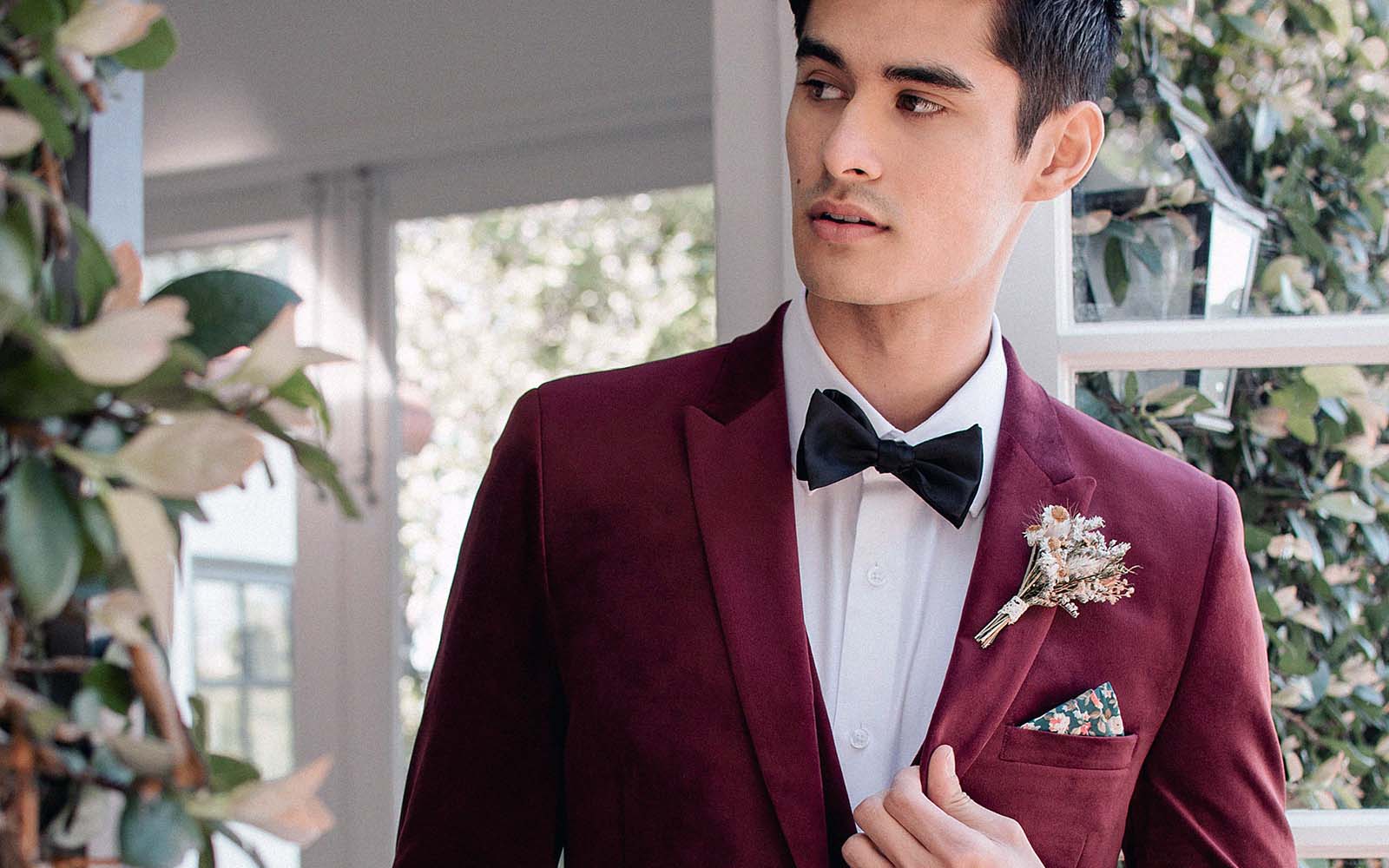
Written by Jennifer Song [Feature image by Michelle
Tirronen, Ties.com Studios]
The right bow tie can add
kilometers of debonair to your shirt, suit, and style. It’s almost worth
sporting one for the sheer challenge of pulling it off. There are situations,
formal situations, high-influence, celebratory situations, for which a tie is
just too straight-laced and uninspiring. Here is where the bow tie enters. But
beware that one misstep in styling this neckwear can take you from prolifically
sexy to laughably cute. We’re here to provide the bow tie style guide.
Types of Bow Ties
First, let’s review the
options for this particular strain of men’s ties.
The Self-Tie Bow Tie
“Self-tie” bow ties, or
“freestyle” bow ties, are bow ties you tie yourself. This is the proper and
standard bow tie, and herein lies 90% of the charm. Once tied, the bow’s
natural lines, shape, and slight asymmetry bring stylistic elements that can’t
be matched by a pre-tied bow, or a necktie.
Learning to tie a bowtie
properly isn’t rocket science, but it does take some patience and
practice. We outline the different
methods and tying styles later in this piece.
The Pre-Tied Bow Tie
The pre-tied bow tie is a
neat, preternaturally symmetrical bow attached to an adjustable band. It is
easy to size and painless to put-on. Pre-tied bow ties look pre-tied and lack
the character of a self-tie.
The pre-tied bow tie is
suitable for children, and for those who lack or no longer have the dexterity
to tie and adjust bow ties for themselves.
"
We don’t recommend the
pre-tied bow tie, even as a “starter” bow tie.
"
A style-conscious and nuanced
man can immediately detect that the look of his pre-tied bow tie is somehow
off.
The Clip-On Bow Tie
This is a pre-tied bow
attached to a metal clasp which hooks or clips directly onto the collar of a
shirt. Clip-on bow ties are suitable for young children only. Period.
In summary: Self-tied bow tie,
always; pre-tied bow tie, not unless you’re under 5 or over 105; clip-on bow
tie, never never.
When Should You Wear a Bow
Tie?
A bow tie is rarely the wrong
tie to wear. You can pull it off in formal, semi-formal, and even casual
settings. But remember that this sartorial exploit is not easily accomplished.
Formal Attire
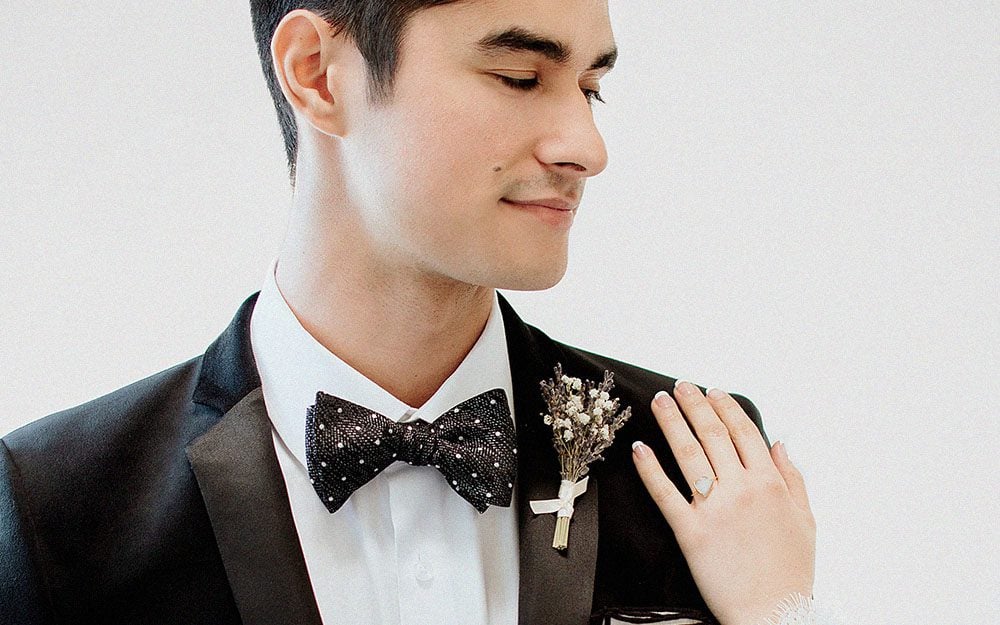
Apart from weddings, the most
common settings to see a bow tie in all its glory are black tie events, for
which few of us receive regular invites. The black-tie dress code is
straightforward: dinner jacket (tuxedo) and a black bow tie (preferably silk).
Wearing a self-tie bow tie is imperative: a pre-tied bow tie looks cheap,
diminishing both you and your ensemble.
A white tie event, known
sometimes as “full dress,” is yet another notch up in formality–it’s perhaps
the ne plus ultra, or highest point capable, of formal dress. As the name
suggests, a white bow tie (always a self-tie) is necessary. Here’s not the time
to experiment with colors.
See our complete guide to
formal dress codes.
Semi-Formal Attire
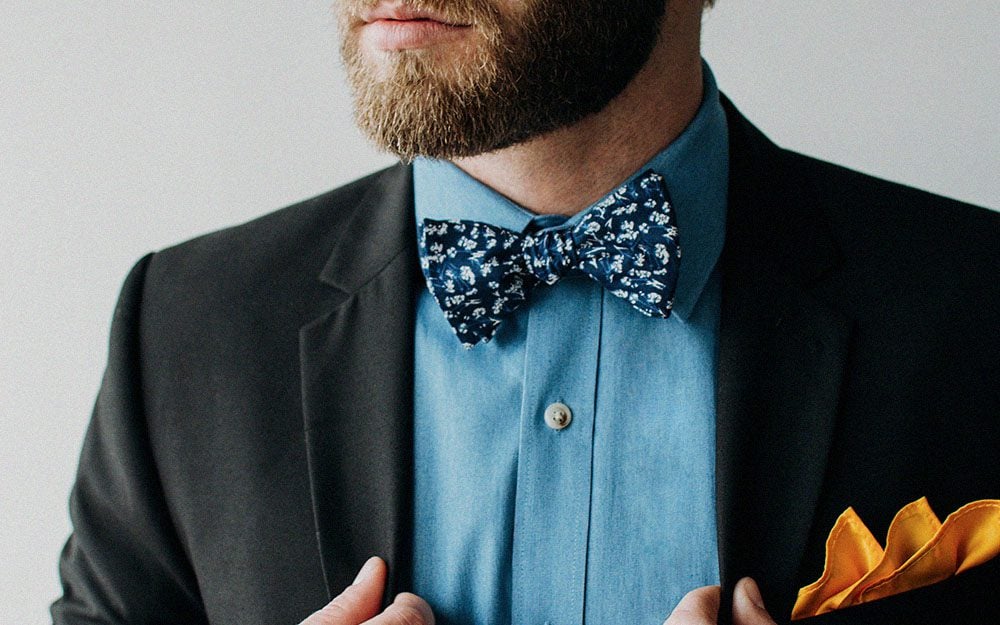
Though the very phrase
“semi-formal” can be vexing, any affair so-billed is a wonderful occasion for
experimentation with bow ties. We don’t recommend taking too many risks here
either, though. It’s better to lean towards formal than list towards “semi.” By
all means, enjoy your range in options when it comes to bow tie styles,
materials, and textures, but aim to remain aligned with the dress code. Don’t
get too creative just yet.
Casual Attire

“Casual” dress codes (and the
absence of a dress code) frees you to rewrite the rules. First-time bow tie
wearers may lean toward supporting accessories like braces (suspenders),
printed socks, and bright shoelaces. We recommend not getting carried away or
going in period-costume — unless that’s your thing.
How to Tie a Bow Tie
Learning how to tie a bow tie
is almost like learning how to change a tire. You’ll have to know how to do it
on your own at some point–it’s almost like a rite of passage.
Tying a handsome bow can be
difficult the first few times, but we’ve made the process a little easier with
this step-by-step infographic.

The Most Popular Bow Tie
Shapes
Just as ties come in different styles and widths, bow ties come in different shapes. Here are five bow tie shapes you should know.

The Butterfly Bow Tie
The modern butterfly, also
known as the thistle shape, is the most popular bow tie style. This standard
butterfly is appropriate for any occasion and it’s great for beginners.
The Big Butterfly Bow Tie

The big butterfly is larger
and has a more relaxed, plush silhouette than the standard butterfly. It is
sometimes worn in formalwear and is perhaps best-suited to fancy-dress
occasions. This large bow tie is also very appropriate for bigger or taller
men. Without a suitable context, or on a smaller man, the big butterfly bow tie
style can look comic. It is a grandiose tie, and should, therefore, be worn
grandly.
The Batwing Bow Tie
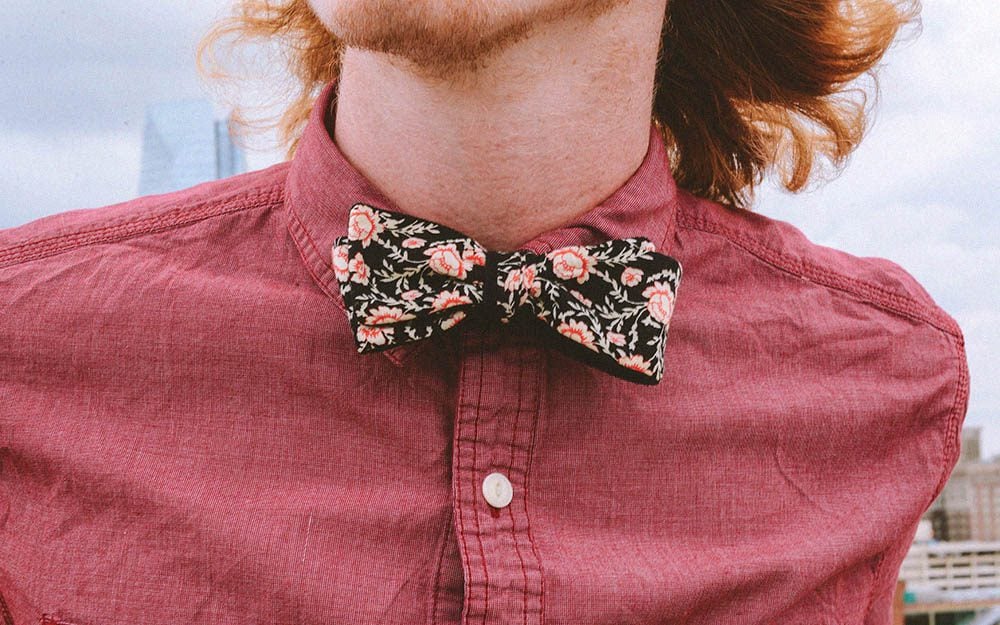
The batwing shape, also known
as a straight or slim bow tie, is the smallest. Untied, this bow tie is simply
a long rectangular strip with flat ends. Batwing bow ties are typically less
than two inches in width, and they can provide a clean, symmetrical look. Some
regard the batwing as less formal than the butterfly, but it is a classic shape
and remains acceptable for black tie events. Be sure not to tie the ears too
long, or it will look like you’re wearing a propeller.
The Diamond Point Bow Tie
The diamond tip bow tie has
pointed ends, and when tied, it is delightfully asymmetrical. It’s one of our
favorite bow tie shapes.
The Rounded Club Bow Tie
These days the rounded club
bow is the rarest of bow ties. Arguably the least formal of the lot, this is the
tie for Sunday drives in classic cars like the Mitsuoka Himiko, a picnic by the
lake, or some fly fishing. We like this bow tie style and like it best in
cotton and rougher textiles.
Untied Bow Tie

How about an untied bow tie
around one’s neck? Is it dashing and urbane, or is it just silly? We say: if
you’ve loosened the knot at day’s end–or if the bow has been tugged-free by
someone planning to unwrap you like a present–then the untied and free-hanging
bow tie it is an outstanding look.
Bow Tie Sizing
The bow tie is mostly a
one-size-fits-all affair. With a little trial and error, any adjustable bow tie
can be made to fit the neck of the average adult male, so you don’t have to
sweat too much about finding your bow tie size.
The band or neck strap of a
bow tie has either an adjustable slider or a hook-and-holes arrangement with
pre-marked measurements. Bow ties can generally accommodate collar sizes
between 14.5 inches to 17.5 inches.
If your bow tie has the
hook-and-hole adjustment system, match the sizing to the collar size of the
shirt you’ll be wearing. If your bow tie has a sliding-adjustment system, we
recommend a little trial and error. You can try making a loop around your neck
collar band and measuring the distance between that loop and the start of your
bow tie flare. The distance should be no more than three fingers in length.
If You’re Curious, Some Bow
Tie History
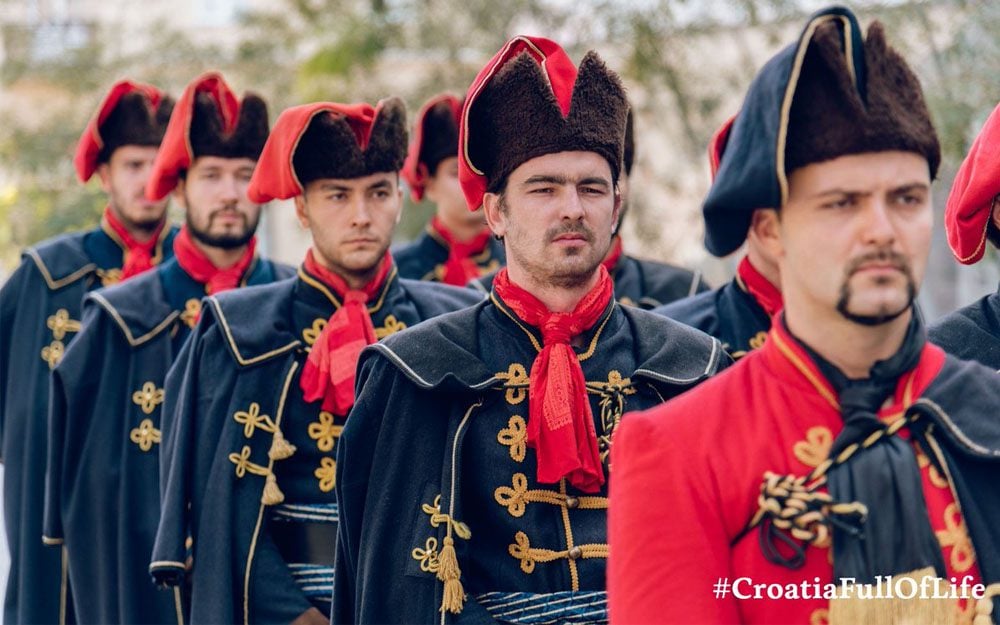
The bow tie has Croatian roots
reaching as far back (at least) as the 17th century. Croatian mercenaries used
a type of neckwear, which looked similar to a short scarf, to hold together the
collars of their shirts. This article was known as a Hvrat, which is Croatian
for “Croatian” (or, Croat). Cravate is the French word for “Croat,” and the
name of the neckwear eventually became “cravat.” The French upper class adopted
the short scarves of Cravates, and in due course, these evolved into bow ties
an neckties.
By the 1900s, the bow tie was
a staple item in the Everyman’s wardrobe. In the decades after World War II,
the bow tie became less common, but even when popularity ebbed, bow ties
remained (and still remain) a fixture of formal attire.
Although it never vanished
completely from menswear, the bow tie has once again begun to reassert itself
as a staple. We are happy to say that an ever-growing number of style-conscious
men are now comfortable incorporating bow ties into their day-to-day outfits, and
no longer view the bow tie as the preserve of the quirky, the comic, or the
contrived. This is a point that we believe deserves emphasis. A man should feel
as comfortable switching between neckties and bow ties as he would between
monk-straps and lace-ups or between belts and braces.
Jennifer is a Marketing Intern
and Blogger at Wild Attire, Inc. She is a lover of cats, peanut butter, and
everything pink.
SOURCE: THE GENTLEMANUAL
Comments
Post a Comment